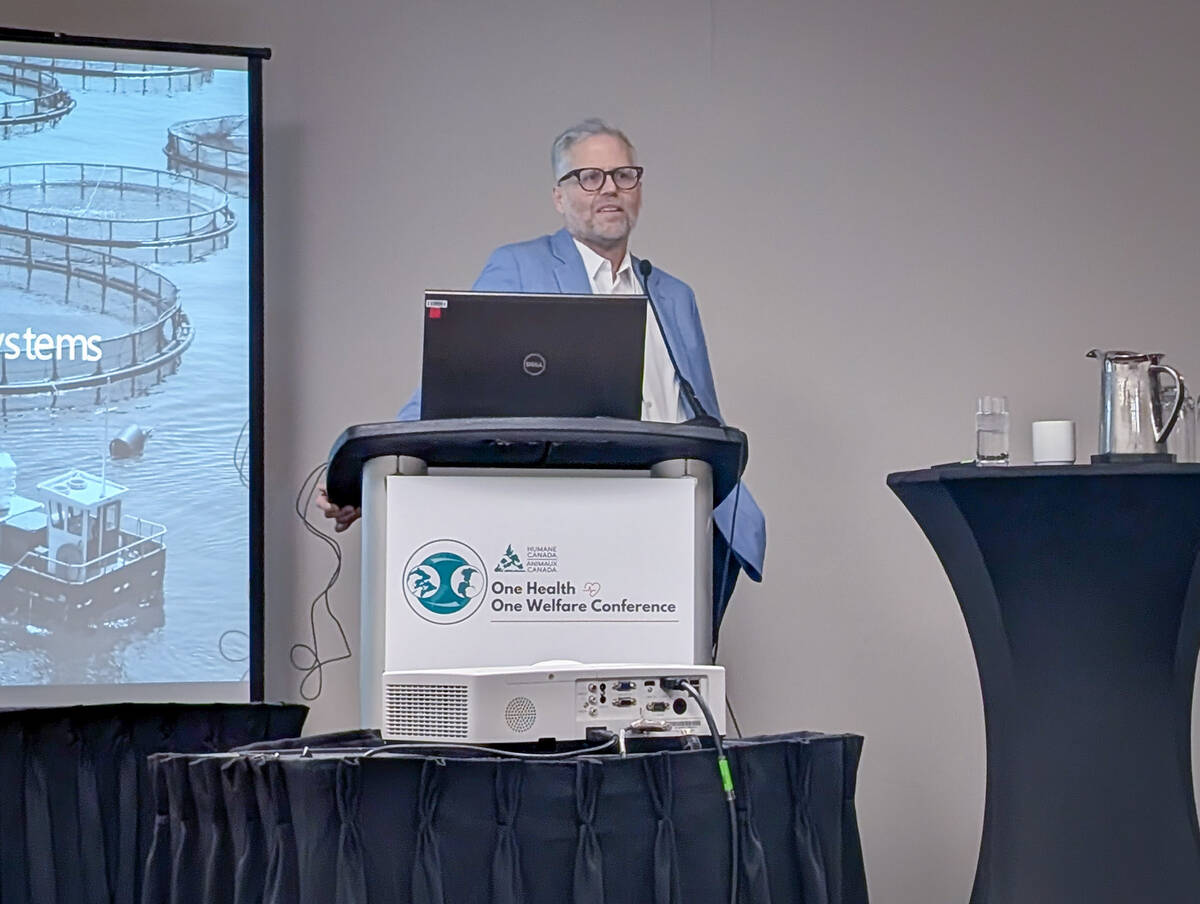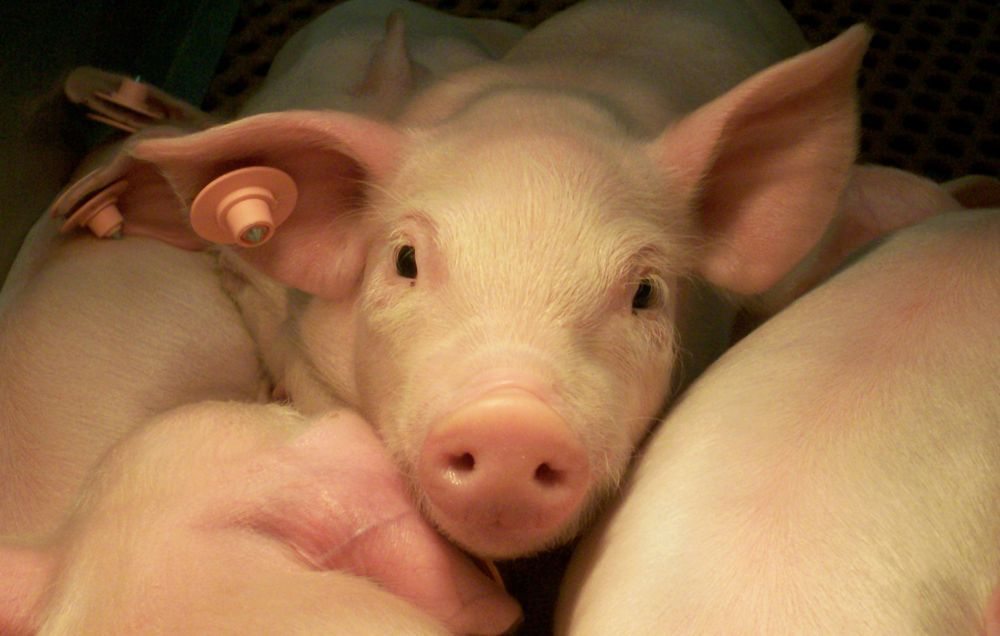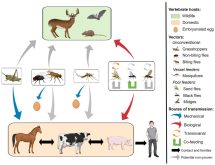London | Reuters –– Massive use of antibiotics in farming poses a critical threat to global public health and should be reduced dramatically to an internationally-agreed target, according to a British government-commissioned review.
Agreeing and implementing a global target for agricultural antibiotic use won’t be easy, the review, led by former Goldman Sachs chief economist Jim O’Neill, said, but is vital if life-saving medicines designed to fight bacterial infections are to be kept effective, both for animals and for people.
The review suggested that following examples of Denmark and the Netherlands could make a swift, significant difference.
Read Also

Bring focused approach to target systems, not producers says animal activist
Darren Vanstone explains the process of reframing animal agriculture through advocacy and activism at the Human Canada One Health One Welfare Conference.
Denmark has an average of fewer than 50 milligrams of antibiotics used a year per kilogram of livestock, which O’Neill said “may be a good starting point for such a target”.
“Denmark has shown that a very productive farming industry can be sustained alongside relatively low levels of antibiotic use,” the review said.
O’Neill, who presented his review at a briefing in London, said he found it “staggering” that in many countries most of the use of antibiotics is in animals, rather than in humans.
He noted, for example, that in the U.S., more than 70 per cent of the use of medically important antibiotics is in animals, with only 30 per cent in humans.
“This creates a big resistance risk for everyone,” he said. “It’s time for policy makers to act on this.”
Any use of antibiotics promotes the development and spread of so-called “superbugs” — multi-drug-resistant infections that can evade the medicines designed to kill them.
O’Neill was asked last year by Britain’s prime minister to conduct a full review of the problem and suggest ways to combat it. In his initial report, he estimated antibiotic and microbial resistance could kill an extra 10 million people a year and cost up to US$100 trillion by 2050 if it is not brought under control.
International alarm about the superbug threat is rising after the discovery in China of a gene called mcr-1 that makes bacteria resistant to all known antibiotics.
Research published over the weekend said mcr-1 had also been found in bacteria samples Denmark, suggesting it is already spreading around the world.
Jeremy Farrar, an infectious disease expert and director of the Wellcome Trust health charity, said urgent action is needed.
“We can now be certain that the health of livestock animals, and how we care for them, is inextricably linked to our own health and the effectiveness of medicines we rely on every day,” he said in a statement.
“We need international governments, policy makers and the agricultural industry to coordinate their actions and set tangible targets for the reduction and better use of antibiotics in animals.”
— Kate Kelland is a Reuters health and science correspondent based in London.















